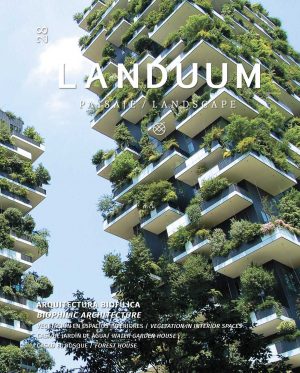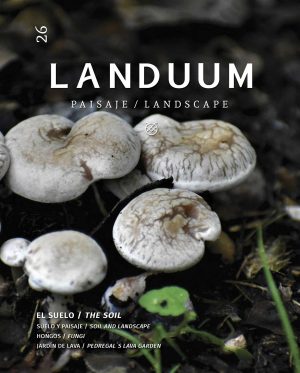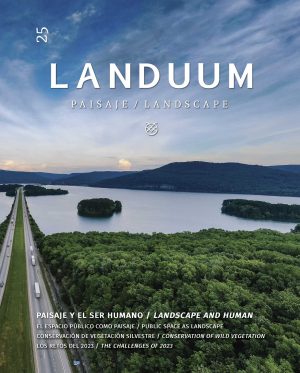Get to know the urban lessons of México and France with Andrea Conde in “From Mérida to Lyon: A journey through Urban Vitality”.
Read More
0
- No products in the cart.

Learn with Armando Maravilla Ramírez and Felipe Arath Macías López the most suitable species for a green roof.
Read MoreDiscover the Sagrada Familia, where current technological and construction aspects are used to complement the ancient ones, in the article The Secrets of Gaudí by Arturo Campos.
Read MoreGet to know the Villahermosa´s boardwalk by Taller | Mauricio Rocha, TaAU, and Alejandro Castro, a project that reconnects the river and nature with the community, revaluing the natural and urban environment.
Read More


















